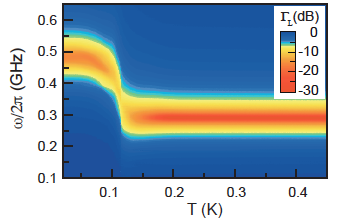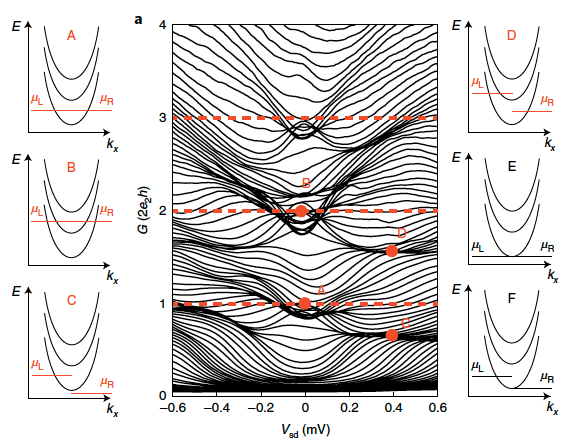Alexis JOUAN - Personal Website

I obtained my PhD in the group of Jérôme Lesueur and Nicolas Bergeal (ESPCI), my work was focused on superconducting devices patterned by optical and E-beam lithography at LaAlO3/SrTiO3 oxyde hetero-interfaces. I performed transport measurements (from DC up GHz frequencies), under magnetic field (up to 7T), and at low temperature in a cryostat (down to 20mK).
PhD work summary
LaAlO3/SrTiO3 oxide heterostructures host a quasi two-dimensional electron gas (2DEG) which is also superconducting below 300mK. The breaking of inversion symmetry by a self consistently defined confining potential well on the SrTiO3 side gives rise to a very strong Rashba-type spin-orbit interaction (1-10 meV). The ability to control these two outstanding properties by applying an external gate voltage, makes it a unique system to study 2D superconducting Berezinski-Kosterlitz-Thouless transition.
During my thesis, I patterned the 2DEG in its lateral dimensions using 50keV O+ ion implantion following an original technique that I helped to develop in our group [Hurand APL 2016], or using standard amorphous LAO technique. By depositing a dielectric and a metallic top gate on top of the hetero-interface, we demonstrated the possibility to control carrier density, the superconducting critical temperature and the strengh of the Rashba spin-orbit coupling by top gating, paving the way for controling of these properties on a mesoscopic scale.
At the beginning of my PhD, I performed DC transport measurements on simultaneously Top- and Back-Gated devices in order to compare the effect of both gates on the superconductivity and the Rashba spin-orbit coupling. Through magneto-resistance measurements, I was able to extract the mobility, carrier density, and spin orbit coupling strength for different doping [Hurand Sc.Rep. 2015], as well as the critical temperature.
I computed the wavefunctions and energies of the different sub-bands of the confined 2DEG by solving self-consistently the Schrödinger and Poisson equations to explain the origin of the dome of critical temperature in SrTiO3-based interfaces [Jouan 2022].
I also performed a systematic study of LaAlO3/SrTiO3 superfluid stiffness, i.e. the energy scale which determines the cost of a phase twist in the superconducting condensate. This was done by measuring the complex conductance of the sample embedded in a RLC resonating circuit at a frequency around 300MHz [Jouan Nat. Comm. 2018]. The setup was largely inspired by recent developments in the field of quantum circuits.

Finally, by means of this local control of both interactions, I patterned top gates at the nanoscale using advanced e-beam lithography technique to realize a quantum point contact experiment. I did personally set up a dedicated cryostat wiring including coaxial shielded cables, and a home-built copper powder filter in order to perform low noise measurements. For the first time in these type of Top-gated devices, I was able to observe the quantification of the conductance when the confining potential width is close to the Fermi wave length. [Jouan Nat. Elec. (2020)]



